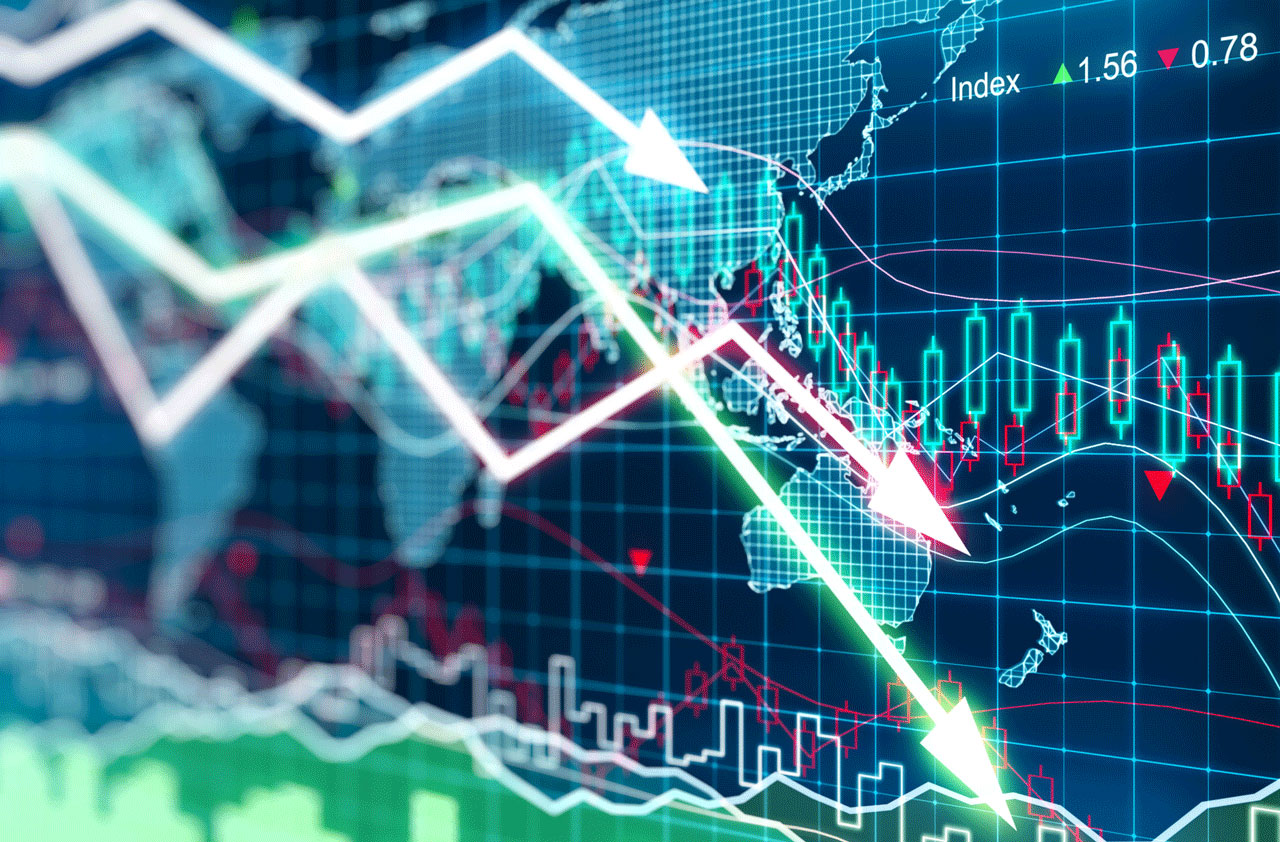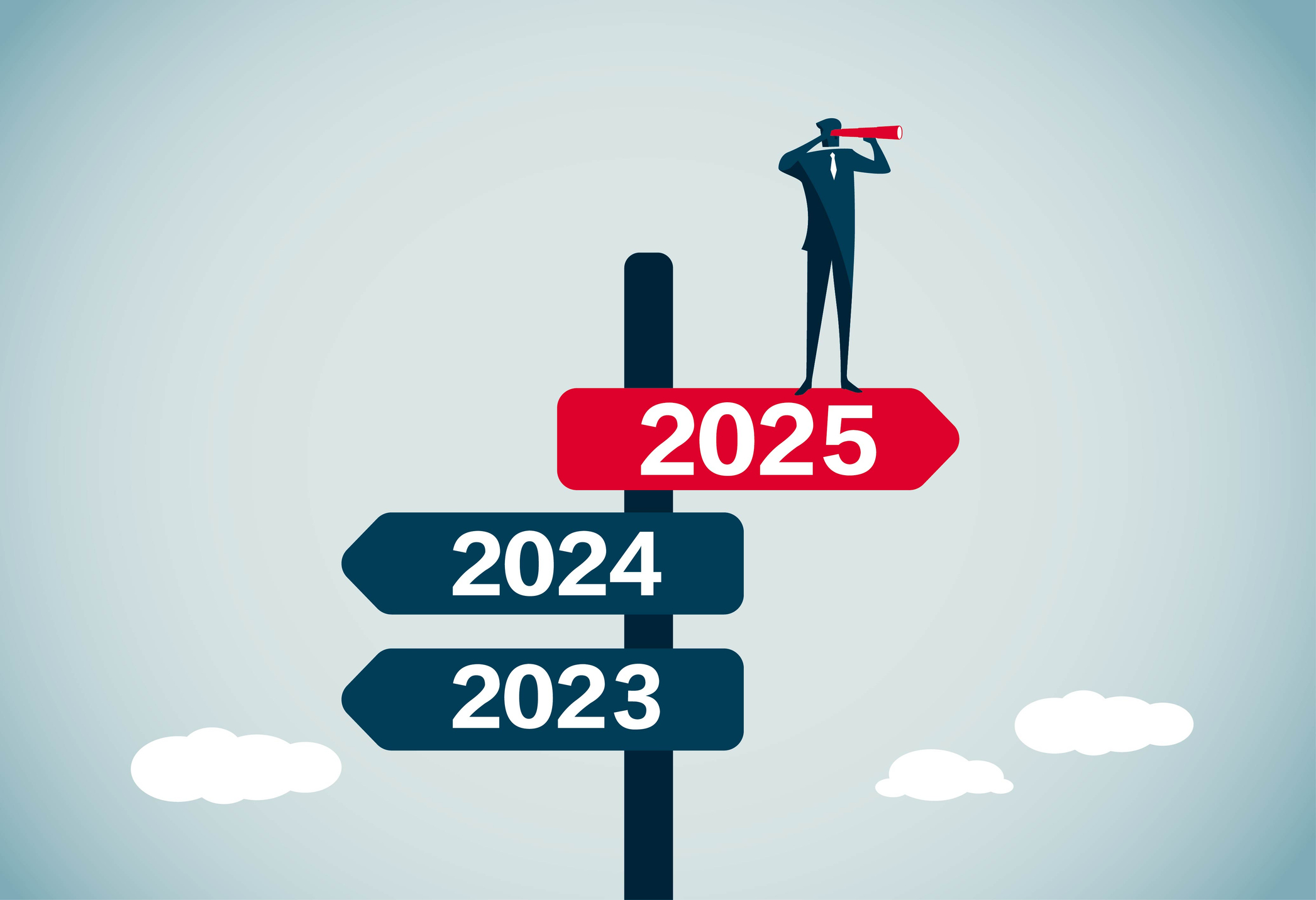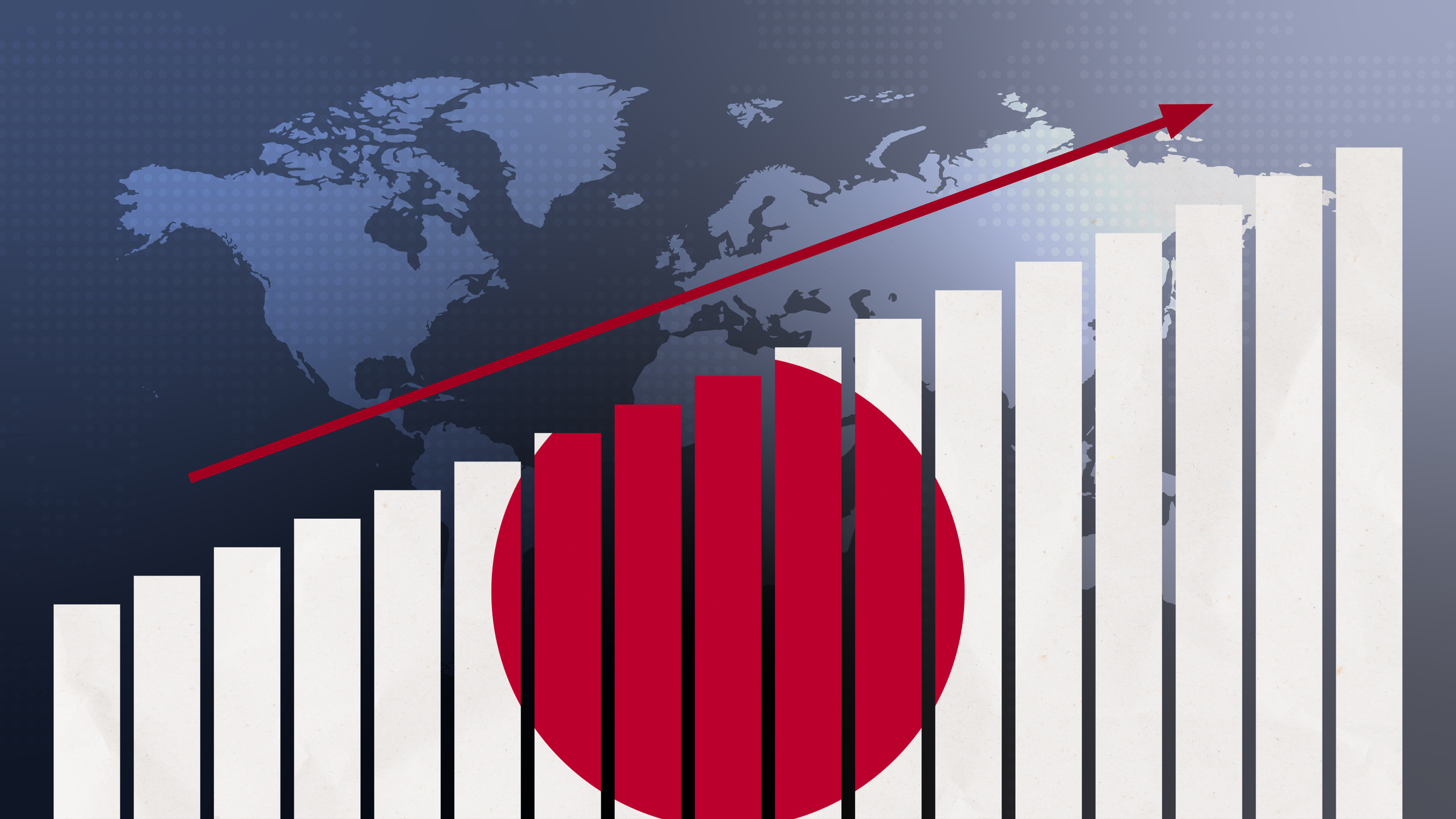Guess When the Next Recession Will Be
Even if you sold all of your stocks in anticipation of the next recession, you wouldn’t know when to get back into the market.


As the election approaches, Americans rank the economy as the nation’s “most important problem by far,” according to a recent Gallup poll. So you may be surprised to learn that the U.S. is currently in the midst of its fourth-longest expansion ever.
A business-cycle expansion, according to the National Bureau of Economic Research, the arbiter of such matters, is a period that begins at the trough of one recession and lasts until the next recession starts. In other words, it’s a time when the economy is consistently growing. Since 1919, the U.S. has had 19 expansions. The average length has been a bit less than 4 1/2 years. The current expansion celebrated its seventh birthday in June.
A key issue for investors now is whether the expansion may be running out of steam. Donald Trump thinks so. He told the Washington Post in April that we’re on the verge of “a very massive recession.” Economist Albert Edwards, of Societe Generale, the giant French bank, reported to clients that “our fail-safe recession indicator has stopped flashing amber and turned to red.”

Sign up for Kiplinger’s Free E-Newsletters
Profit and prosper with the best of expert advice on investing, taxes, retirement, personal finance and more - straight to your e-mail.
Profit and prosper with the best of expert advice - straight to your e-mail.
Yes, corporate profits have been falling, China’s economy is slowing, and the U.S. election is raising uncertainty, but none of those factors guarantees a recession. The unofficial definition of a recession is two consecutive quarters of negative growth in gross domestic product, but few economists see such a decline coming soon. Economists surveyed by the Economist magazine on average forecast GDP growth of 1.8% this year and 2.1% next year—not great, but on a par with what we’ve seen throughout this expansion. Tony Dwyer and Michael Welch, of Canaccord Genuity, a Canadian financial firm, recently told clients that they are confident there will be “no recession for at least two years.” (Kiplinger forecasts 2.0% growth in 2016 and 2.4% next year.)
The main feature of any recession is that it sneaks up on you—or you think you see it coming, but it’s really not. There is a correlation between stock prices and the economy; the market almost always falls before a recession begins, and typically begins to recover before the economy does. The last bear market (generally defined as a period that begins with a decline of at least 20% from a previous peak) began in October 2007, two months before the onset of the Great Recession, and ended in March 2009, three months before the downturn ended.
But such a close connection between stock prices and economic activity is unusual. The 2000–02 bear market started a full year before the 2001 recession, and no recession accompanied the 1987 bear market. As Paul Samuelson, the late Nobel Prize–winning economist, famously said, “The markets have predicted nine of the last five recessions.”
The usual suspect. Recessions typically occur when the Federal Reserve, worried that the economy is heating up and inflation is accelerating, raises short-term interest rates to slow economic activity by making consumer and business borrowing more costly. The 2007–09 recession was unusual, not just in its severity but in its cause: the bursting of a bubble in residential real estate.
The Fed’s response to that recession was to cut short-term rates to the bone. Low rates are meant to speed up the economy, but this time the response was desultory, so the Fed has kept rates close to zero since 2008. The result has been an expansion that is long but lackluster, with low inflation. Since 2010, GDP has, on average, expanded by a measly 2.1% per year, about two-thirds of the average growth since World War II.
For the stock market, which has a deep aversion to high interest rates, this pallid expansion has been delightful. Most investors see their choices as bonds, stocks and cash. Cash investments, such as money market funds, essentially pay nothing, and 10-year Treasury bonds yield a mere 1.8%. But the average stock in the Dow Jones industrial average yields 2.6%.
And unlike a bond, which pays a fixed rate of interest, a stock’s payout tends to rise every year. Imagine you own 10 shares of a stock that trades for $100 today and pays an annual dividend of $2.60 per share, for a yield of 2.6%. Assume that the payout rises by 5% annually and that the stock’s price also rises 5% a year (that’s a couple of percentage points below the market’s long-term rate of appreciation). At the end of 10 years, you would have collected $327 in dividends and have realized $630 in capital gains. By contrast, if you had invested $1,000 in a 10-year Treasury, you would have collected $180 in interest and merely gotten back what you paid for the bond.
In normal times, it’s reasonable for long-term investors to favor stocks over bonds and cash. In an era of absurdly low interest rates, a preference for stocks is a screamingly obvious choice.
But what about that potential recession and the bear market it will bring? If you knew for certain that a recession would begin on, say, September 1, 2016, you would sell all your stocks (or even bet against the market by selling short). But even if you sold all of your stocks in anticipation of the next recession, you wouldn’t know when to get back into the market to capitalize on the eventual rebound. The best way, in my view, to prepare for a recession is to take the following three steps.
1. Develop a diversified portfolio that stresses asset allocation over stock picking. Let your risk tolerance and time horizon determine your allocations. If you’re moderately risk-averse and need to tap your portfolio in 10 years, then you should have roughly 70% in stocks and 30% in bonds, with interest rates as low as they are now. In more-normal times, I would split the money 50-50. I’d put the bulk of the stock portion of the portfolio in SPDR Dow Jones Industrial Average (symbol DIA, $178), an exchange-traded fund that comprises the 30 Dow industrial stocks and carries an annual expense ratio of 0.17%. For bonds, I recommend Vanguard Intermediate-Term Bond (BIV, $86), an ETF that charges 0.09% annually and yields 2.2%.
2. Feed new money into stocks and bonds (or funds that own these assets) on a regular basis—every month or quarter. If you were to put $1,000 into a company currently trading at $100, you could buy 10 shares this month. But if the stock dropped to $50 next month, you could buy 20 shares then. Think of yourself as an accumulator of shares over time.
3. Remember to rebalance your portfolio regularly—say, every six months. If you’re trying to maintain a 60%-40% stock-bond ratio and stock prices soar, then favor bonds over stocks to bring the ratio back to your target.
And that’s it. It all reminds me of a conversation in the movie Bridge of Spies in which lawyer James Donovan is speaking with his client, Soviet spy Rudolf Abel:
Donovan: I have a mandate to serve you…. Quite frankly, everybody else has an interest in sending you to the electric chair.
Abel: All right...
Donovan: You don’t seem alarmed.
Abel: Would it help?
Being alarmed about the coming recession won’t help, either. While everyone else frets, you should stay cool.
Get Kiplinger Today newsletter — free
Profit and prosper with the best of Kiplinger's advice on investing, taxes, retirement, personal finance and much more. Delivered daily. Enter your email in the box and click Sign Me Up.

-
 The AI Doctor Coming to Read Your Test Results
The AI Doctor Coming to Read Your Test ResultsThe Kiplinger Letter There’s big opportunity for AI tools that analyze CAT scans, MRIs and other medical images. But there are also big challenges that human clinicians and tech companies will have to overcome.
By John Miley Published
-
 The Best Places for LGBTQ People to Retire Abroad
The Best Places for LGBTQ People to Retire AbroadLGBTQ people can safely retire abroad, but they must know a country’s laws and level of support — going beyond the usual retirement considerations.
By Drew Limsky Published
-
 What DOGE is Doing Now
What DOGE is Doing NowThe Kiplinger Letter As Musk's DOGE pursues its ambitious agenda, uncertainty and legal challenges are mounting — causing frustration for Trump.
By Matthew Housiaux Published
-
 A Move Away From Free Trade
A Move Away From Free TradeThe Letter President Trump says long-term gain will be worth short-term pain, but the pain could be significant this year.
By David Payne Published
-
 Trump’s Whirlwind Month of Crypto Moves
Trump’s Whirlwind Month of Crypto MovesThe Kiplinger Letter The Trump administration wants to strengthen U.S. leadership in the cryptocurrency industry by providing regulatory clarity.
By Rodrigo Sermeño Published
-
 What Could Derail the Economy This Year?
What Could Derail the Economy This Year?The Letter While the outlook for the U.S. economy is mostly favorable, there are plenty of risks that bear watching.
By David Payne Published
-
 Three Ways President Trump Could Impact the Economy
Three Ways President Trump Could Impact the EconomyThe Letter Some of Trump's top priorities could boost economic growth, but others risk fueling inflation.
By David Payne Published
-
 10 Predictions for 2025 from The Kiplinger Letter
10 Predictions for 2025 from The Kiplinger LetterThe Kiplinger Letter As 2025 arrives, here are our top 10 forecasts for the new year.
By Letter Editors Published
-
 Europe Faces Economic and Political Headwinds Next Year
Europe Faces Economic and Political Headwinds Next YearThe Letter Challenges for Europe: Potential tariffs, high energy prices and more competition from China will weigh on the bloc in 2025.
By Rodrigo Sermeño Published
-
 Don't Sleep on Japan's Economic Transformation
Don't Sleep on Japan's Economic TransformationThe Letter After almost three lost decades, Japan — one of the world's biggest economies — is finally showing signs of life.
By Rodrigo Sermeño Published